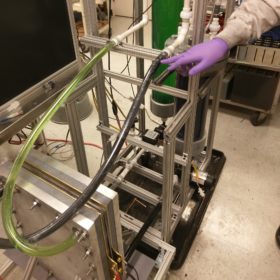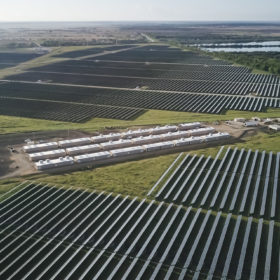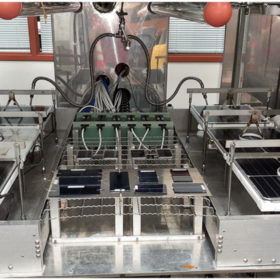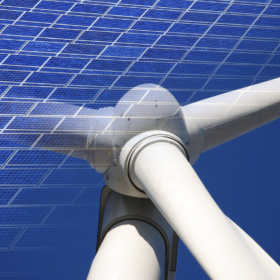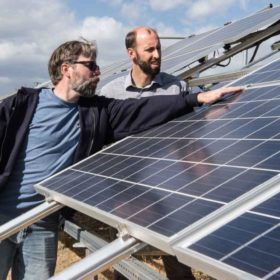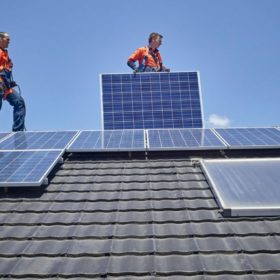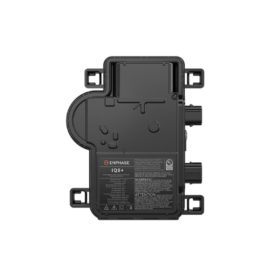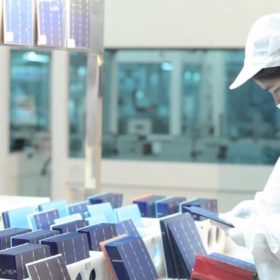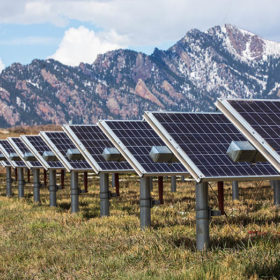The Hydrogen Stream: Researchers identify light-triggered coupled oxygen evolution mechanism
Researchers in Singapore have developed a new light-triggered coupled oxygen evolution mechanism that builds on past oxygen evolution research. Oman, meanwhile, has announced a new hydrogen strategy.
Novel redox flow battery paves way for low-cost storage
US researchers have facilitated the decoupling of power from energy design by incorporating a conducting carbon slurry in the negative electrolyte of an all-iron flow battery. In a new study, they describe the design considerations for slurry iron redox flow battery scalability.
Operations begin at 87 MW solar-powered bitcoin-mining center
Aspen Creek Digital, a US bitcoin miner, has started operations at a 30 MW bitcoin data center powered by an 87 MW solar park in Texas. The project is the company’s second solar-powered bitcoin-mining center.
Putting bifacial modules to the test
US scientists recently put different bifacial solar cells and modules through a series of tests at elevated temperature, humidity, voltage and mechanical stress levels. The tests revealed a range of light-induced and potential-induced degradation mechanisms that modules will likely suffer in the field.
Veritas Capital acquires Wood Mackenzie
With the acquisition of analyst firm, Wood Mackenzie, Veritas expands the datasets it can provide to upstream producers and data asset managers on the global transition to clean energy.
PV modules with longer lifetimes could slash demand for materials, says NREL
The US National Renewable Energy Laboratory (NREL) says in a new report that PV module lifetime extensions should be prioritized over closed-loop recycling to reduce demand for new materials.
Nearly 4% of US homes have rooftop solar installed
In 2020, 3.7% of US homes generated electricity from small-scale solar arrays, reports the US Energy Information Administration.
Enphase to open new US manufacturing lines
Enphase said in its recent third-quarter earnings call that it will expand solar inverter production in the United States.
Globalized supply chains saved $67 billion in solar panel production costs
A new study has calculated that the globalized PV module supply chain has saved billions for PV installers in Germany, the US and China. It also found that if strong nationalistic policies that limit the free flow of talent and capital were implemented going forward, solar panel costs would be 20-25% higher by 2030.
Cooling down solar modules by increasing space between panel rows
A US research team claims to have demonstrated that increasing the spacing of solar panels between rows improves PV system efficiency and economics by allowing airflow to cool down the modules. The method could improve a project’s LCOE by as much as 2.15% in certain climates.

